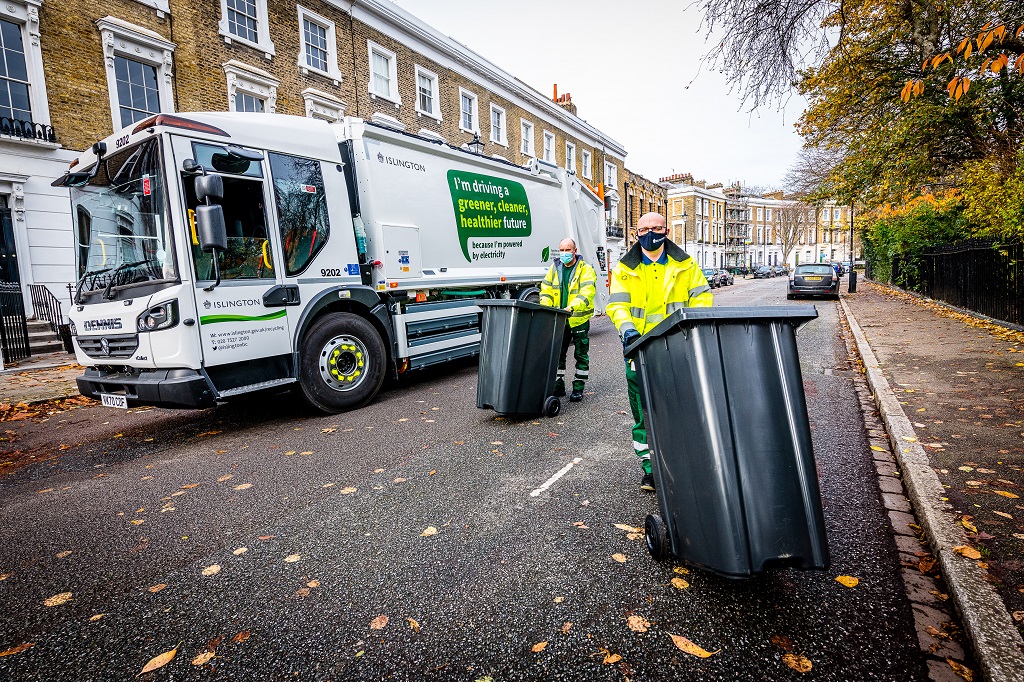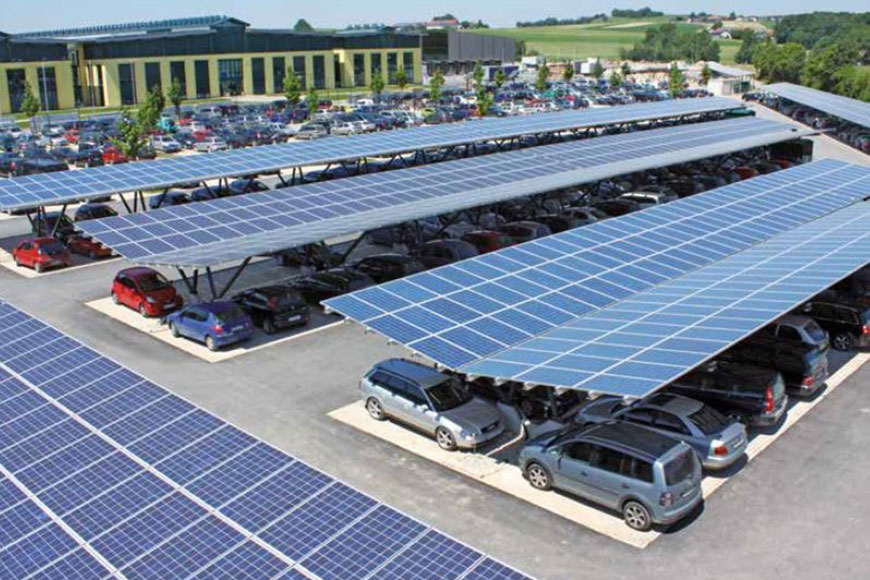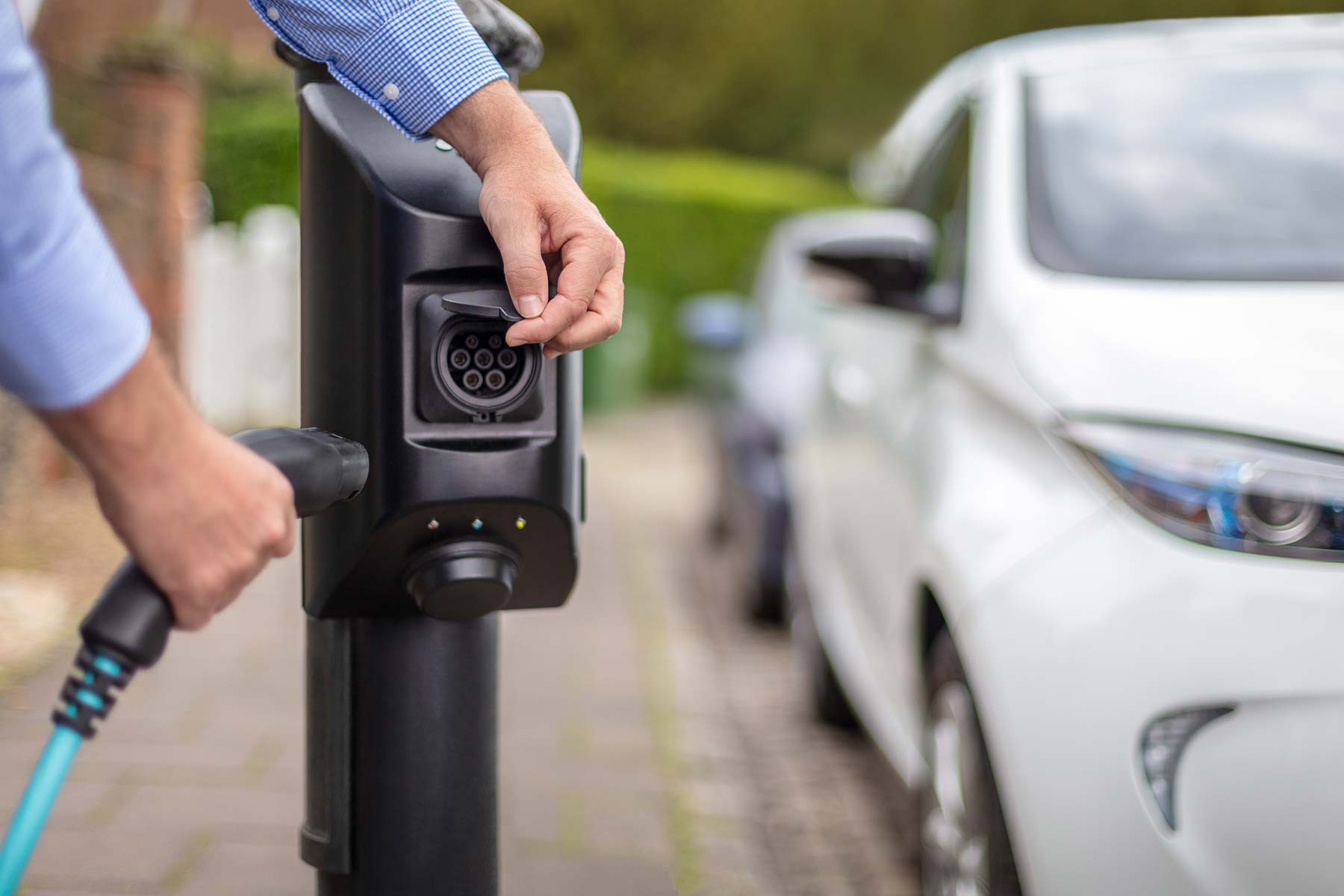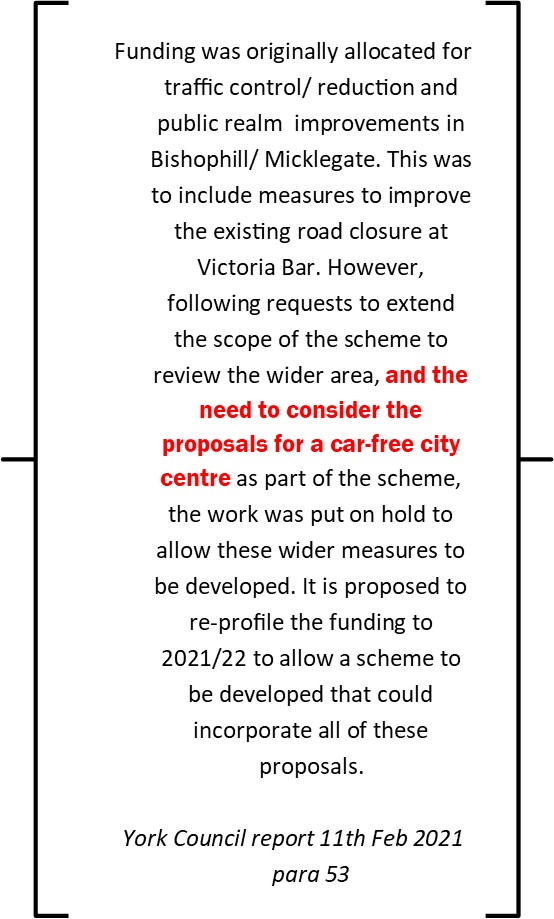With the sale of new internal combustion powered cars scheduled to end in 9 years time, there is increasing pressure to extend the recharging network in York. Battery power (or maybe in the longer-term hydrogen fuel cells) will soon be the only option available.

The Councils budget does includes plans to invest over £5 million in making its own fleet all electric. It includes a £1.8 million infrastructure programme and says it is doing so to ensure that the Council is “carbon neutral” by 2030.
A report being considered today, says “a key element of the investment is to develop an electric charging infrastructure at the (Council) depot, satellite depots and home charging to ensure full charging capacity of all vehicles at all times can be met”.
In recent years, the Council has had a poor procurement record on vehicle renewal. The result has been a refuse collection fleet which, by last summer, had become chronically unreliable. They need to be more decisive, and realistic about delivery timescales, in the future.

The Council has already announced plans for a “HyperHubs” project to provide “next generation electric vehicle charging infrastructure at Monks Cross and Poppleton Bar Park & Ride sites”. The Monks Cross HyperHub is due to be completed by April 2021 and will include the first Ultra Rapid chargers in the City.
The Council says that design work is continuing for a third City Centre HyperHub following the decision to move the site from York Hospital “which had insurmountable access issues”. The hub is due to open in the autumn of 2021, although details of the location have not been released.
One possible site is the Piccadilly multi storey car park which has been under-used since the Council switched off the advance car park space availability systems 8 years ago. If it were designated for electric vehicles it might be possible to reopen the tunnel link from the nearby Castle Car park.

One of the ongoing issues to be addressed with charging bays is their reliability and occupancy limits. Recharging to 80% capacity takes about 30 minutes on most new electric cars. When charged up, the vehicle owner must return to the vehicle and free up the space for other users.
Home charging on the other hand is more convenient and can take place overnight if a £400 home box is fitted. That option is not available for those who park on the street.
The Council will spend another £550,000 next year in renewing lampposts. As part of the programme LED fittings will be used. These reduce power use. This offers the opportunity for recharging sockets to be included in the specification.

No such proposals have been made in York although the lamppost charging option is available in parts of London, while Oxford is trialling the provision of ducted access to adjacent properties where off street parking is impossible.
Access to lamppost sockets is available for only a limited time so, where streets have a parking deficit already, reserving parking bays for charging will only exacerbate the problems.
There is little sign of Councillors addressing these issues.
Instead many have simply said they oppose the use of personal transport in the urban area however the vehicles may be fueled.
